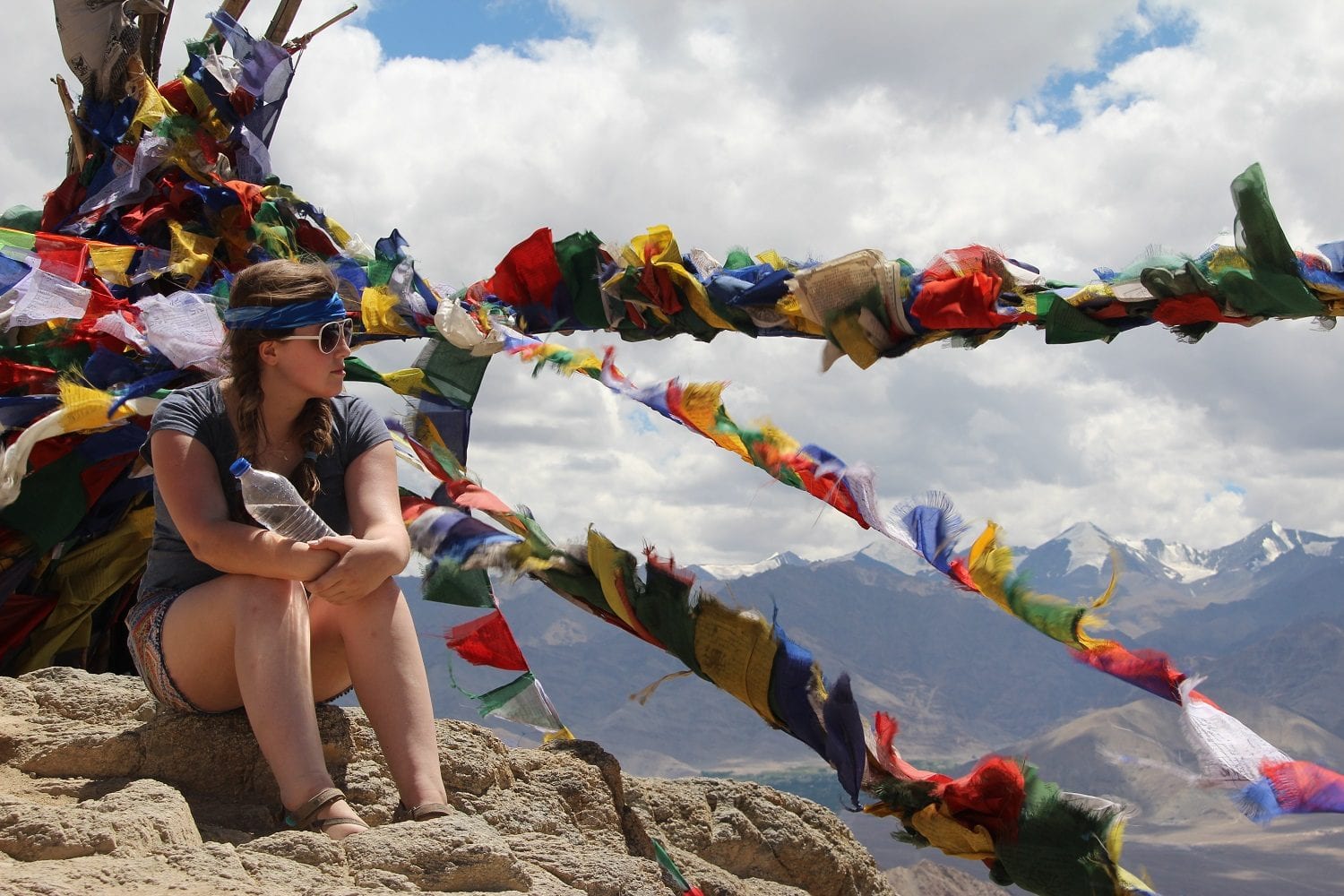

The most popular place in the region, and long time backpacker magnet is the town of Leh. A green slither surrounded by vast mountain ranges, and launch pad into the further reaches of the Nubra valley and beyond. Reachable only by a vomit inducing 20 hour ride over some of Asia’s toughest roads and highest passes, travellers that make the journey are divided into those that loved it, and those that hated it. With the Manali – Leh road open only a few months per year, it has become one of the most revered motorcycle routes on earth and is regularly taken on by thrill seekers straddling bullets and 500cc of power.
When the snow falls and Leh becomes isolated, arrivals must come via air which in itself poses dangers due to the towns 3500m altitude. When balancing how we would turn up in Leh I figured that air was the best option.
I worked out last year that I had flown over five hundred times, all over the world and air travel is now get on, read and get off. A necessary bore and often chore. However, the flight from Jammu had me glued to the window like an air virgin. It was simply spectacular. The Air India flight (AI450) from Jammu took just forty minutes to land in one of the worlds most dangerous airports, but it was exhilarating as the aircraft skirted peaks of the Himalayas and flew through valleys.
I was in Leh with my son Charlie and step daughter Megan. Both 14 years old, both keen for adventure. Leh airport is in an army base which has to be one of the smallest airports in the world. A 15 minute taxi ride to Leh central was about 150 rupees and we all, instantly fell in love. It is backpacker heaven, sandy streets, gorgeous blue skies (320 days of sun per year) it was a cool 26 degrees (as oppose to the forty degrees we had left behind) and we knew it was in the Himalayan shadow meaning it wouldn’t rain a drop. Situated above Leh is a huge palace which looks every bit as Tibetan as the colourful prayer flags hanging from everywhere possible. Pastel painted guesthouses, cheap café’s cum restaurants and tour operators fill every building. It was every bit as mesmerising as I had hoped and I saw passion and excitement in the kids. We knew we had some great days ahead.
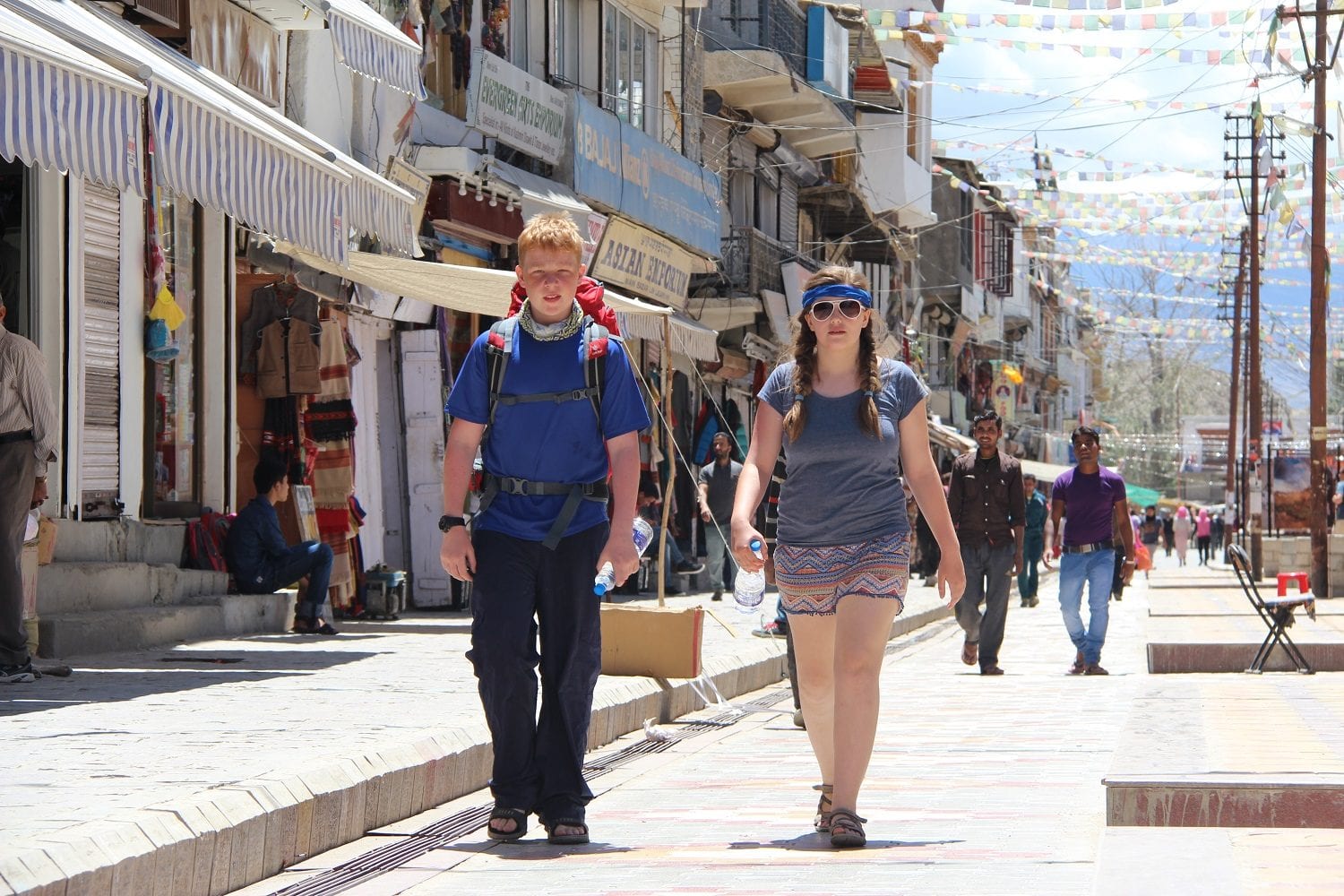

Waking up the following morning I felt like I had a killer hangover. Headache, malaise, nausea, it was awful but quickly relived. And, at 8am we climbed on the mini bus to be taken some 60km away to an aptly named raft launching spot called ‘Chilling’. Naturally, it wasn’t to be that simple and as the bus wound its way through the brown, life baron mountains of Ladakh risking 500m drops on one side, we stopped as a crowd formed on the road. Turns out there was a road block and it was being cleared. Indian’s, being Indian don’t do things by conventional methods. In Nepal I have seen Nepali’s use shovels and brute strength to clear landslides, nope. Not in India. As we watched what was going on people started running towards the vehicles and jumped underneath or behind them. An explosion was imminent. A huge boom rang out through the valley followed seconds later by another huge explosion that (obvious to me) caused further landslides as a huge cliff face collapsed onto the road raining down bricks everywhere. About 30 minutes later a JCB turned up and aided by man power, took around an hour to clear the road enough for vehicles to pass.
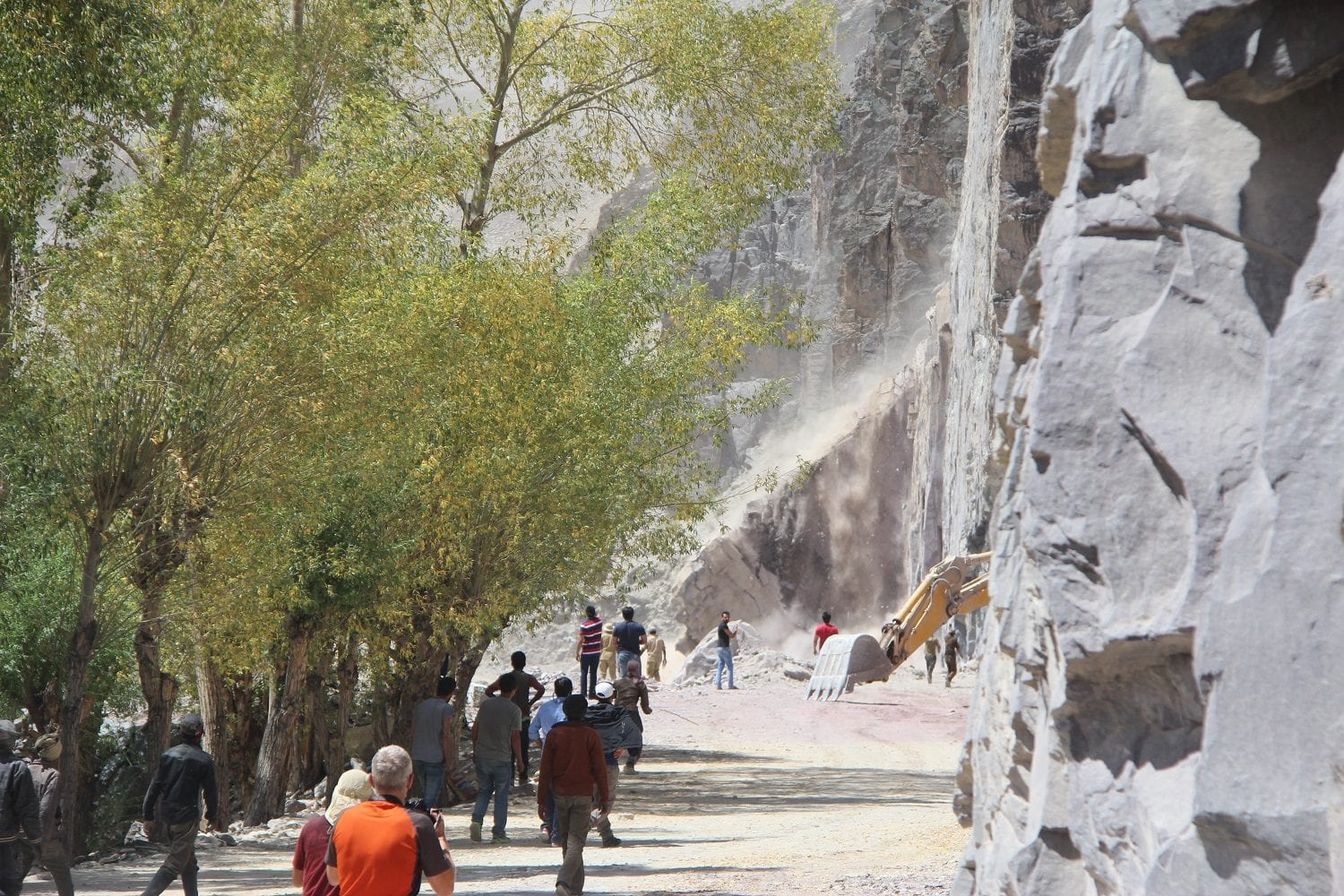

Having never rafted before it was a dream come true. The river cuts its way through gorges, valleys and over huge rapids that throw the boat as though it was a rollercoaster. A lot of rowing, screams of “get down!” and absolutely freezing water that cut through the wetsuits and it took about 2 and a half hours to get to our destination of Nimmu. Thankfully the raft didn’t flip and we all stayed safe inside. It was an amazing day and both Charlie and Megan ranked it as one of the best things they had ever done. To me it was a great introduction to the region delivered through thrills, attempts to stay warm and topped off with a locally cooked curry at a campsite by the river exit point.
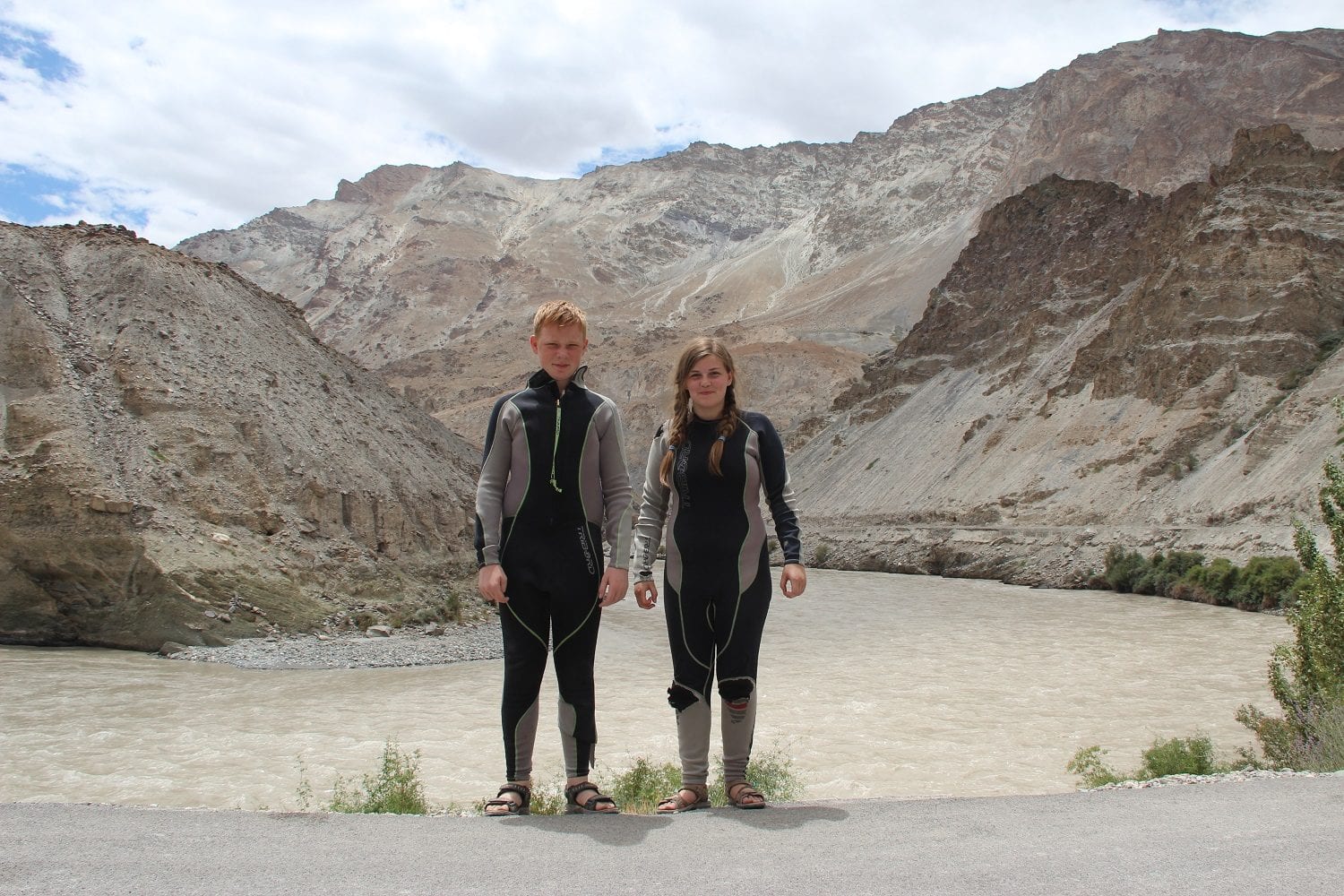

The following day was spent hiking out of Leh and seeing how high we could hike before compounded by altitude. Truth be told, we died about fifteen times just walking up to the Tibetan monastery at the summit above Leh. I say ‘we’ I actually mean Megan and I. Charlie had his backpack on as he trained for a hike a week later in Nepal. He effortlessly and with a level of immunity made his way up to the 4200m summit. Megan and I really did struggle, every step was like the hardest ever and we just could not catch our breath. The struggle was worth it. It is actually where the photo at the top of this post was taken, and where we literally sat on the rooftop and relaxed for ages looking out over the mountains and the gorgeous view before us. We had intended to hike up to the Stupa but Megan and I were completely done. Charlie was keen to do more, but instead we walked the streets of the town, shopped at the Tibetan markets and searched for ice cream.
Our final day in Leh was to be spent doing something I had wanted to do my entire life. As a child I loved, like all boys, speed and risk. How I survived childhood unscathed I will never know. We would take skateboards, build go karts, and ride bikes without brakes up the steepest hills we could find and then speed down trying to break the land speed record in our own minds. About 48km north of Leh is the world famous Khardungla, the highest road on earth. At 18,380ft (5602m) it is a dizzying height that rocks even the most acclimatised.
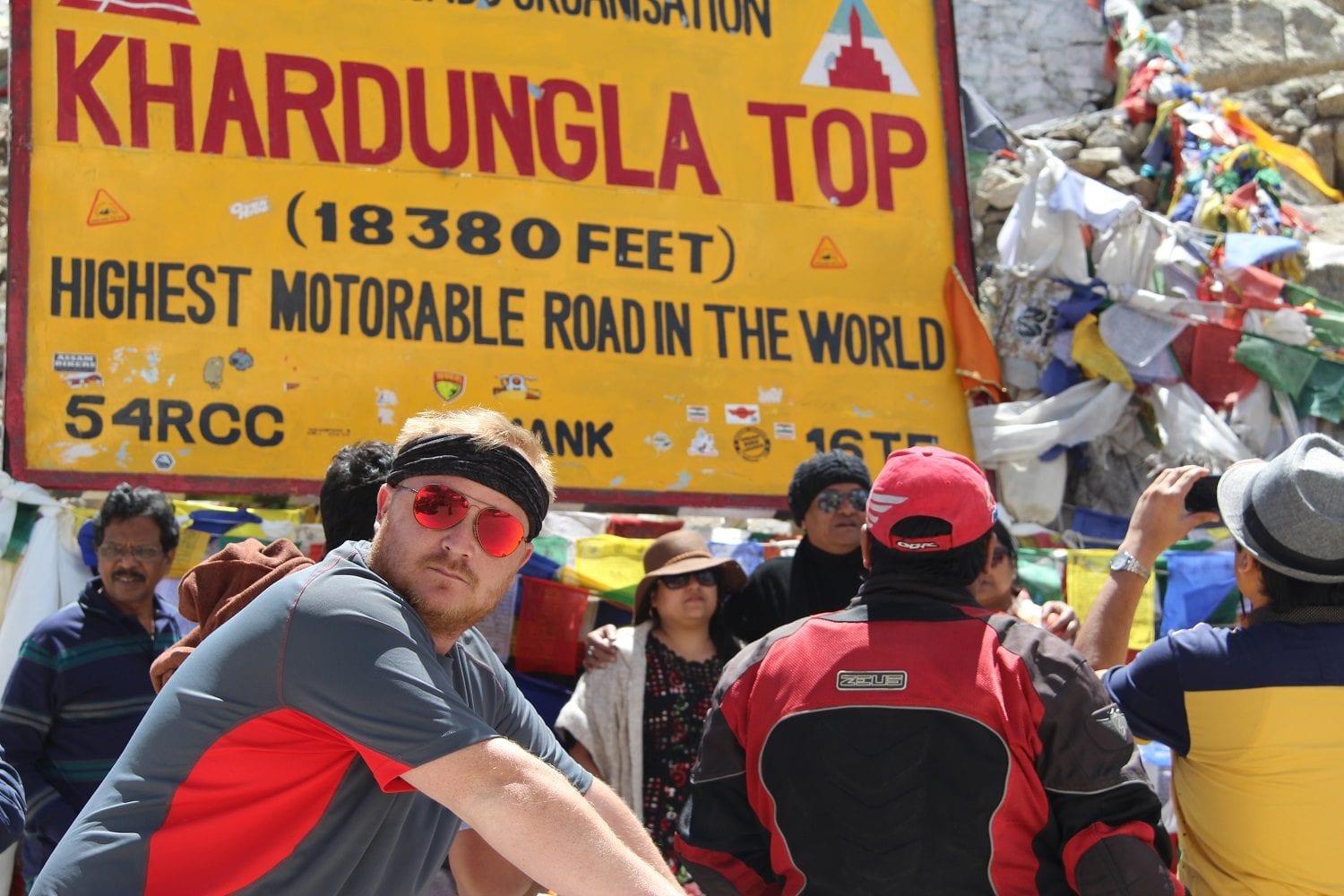

The total cost was 2000 rupees each (£20) which includes permits, but would have been just 1400 each (£14) had we gone as part of a group. I spoke to my wife and we agreed, we needed our own vehicle.
At 9am the following morning we loaded the bikes onto the vehicle, and set off to the highest road on earth. The road winds up precariously and I swear the driver was trying to scare us by driving as close to the edge as possible, death was certain if the road had given way to the hundreds of feet beneath. The road is paved until about 4600m from whence it becomes a potholed, unpaved track that winds ever higher. I remember feeling sick and asking the driver how far we had to go, he said 15km. The kids both felt fine at this point. As we drove ever higher I could feel myself becoming very polarised. By that I mean that I no longer wanted to talk and couldn’t concentrate on more than one thing at once. When we arrived at Khardungla Megan told me she felt really ill and was going to throw up. She went off to find somewhere to go to the toilet and I began taking photographs. Charlie was with me and I felt like I was going to pass out. I saw a sign stating that you had to leave by 15 minutes to prevent serious complications and began looking for our driver. I tried asking Charlie where our car was but I couldn’t physically speak or think coherently. He grabbed my arm and walked me over to where our bikes were waiting. I threw up. Megan was looking green and hallucinating saying everything she saw was pink, she looked ill. We needed to get down. Charlie was laughing at us. He seemed completely immune.
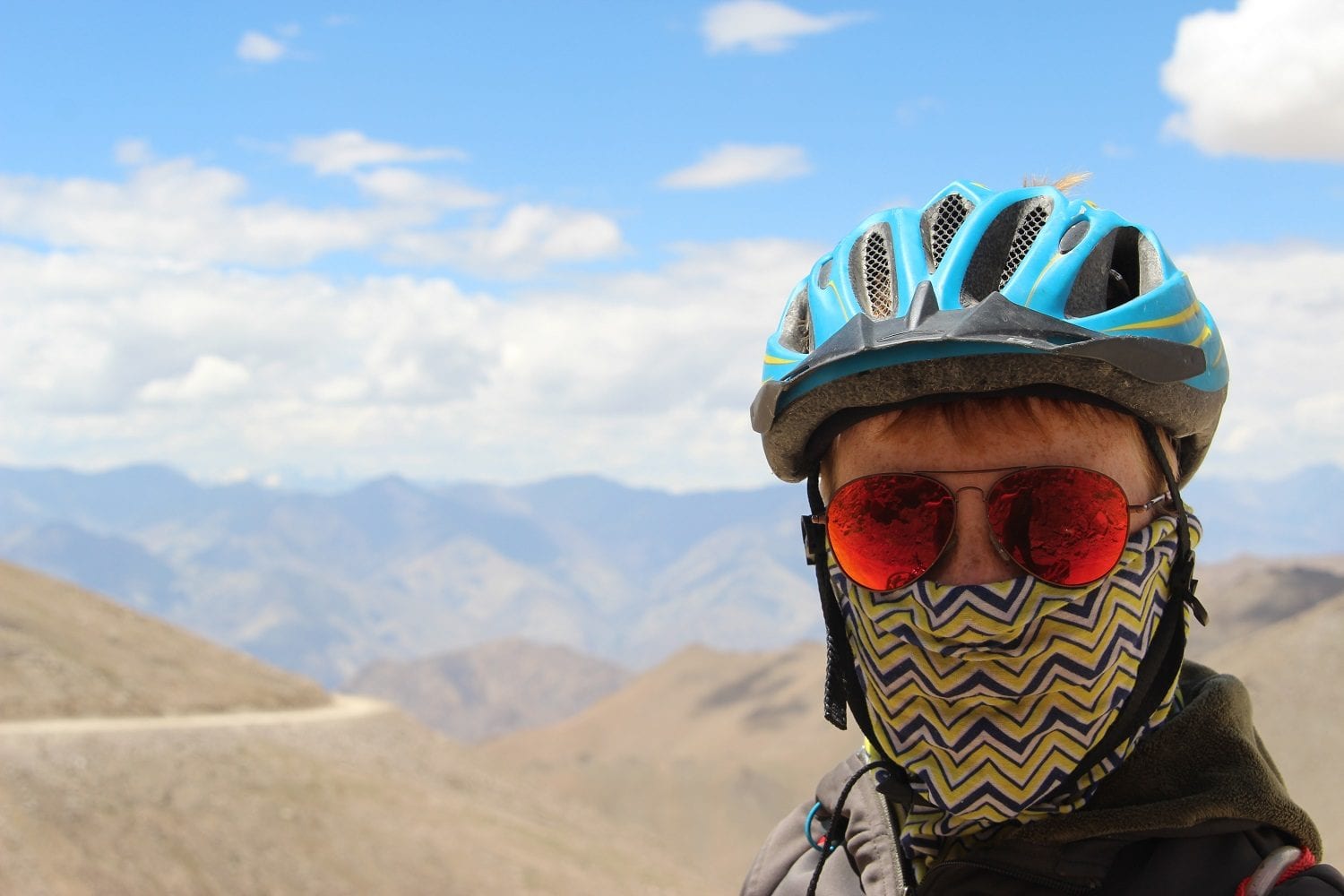

Boarding the flight to Delhi the next morning we all agreed that Leh had changed us. Megan is coming back when she is older to spend months in the region, Charlie has picked out a few peaks he wants to bag. For me, Leh was everything I had hoped for and more. Beyond the rafting, the hiking, the cycling and everything else, what made Leh for me was seeing these two kids, two individuals I have watched grow up become amazing, mature, funny, exciting, enthusiastic young adults.
Leh was not just our favourite place in India, but one of our favourite places anywhere on earth and as we left Delhi airport after a short Jet Airways flight it was a matter of minutes before I wished we were back there.


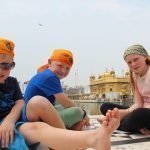
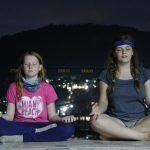
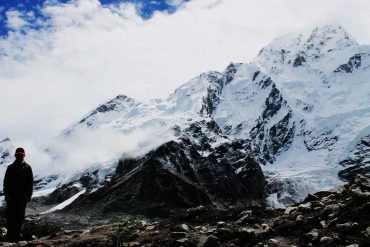
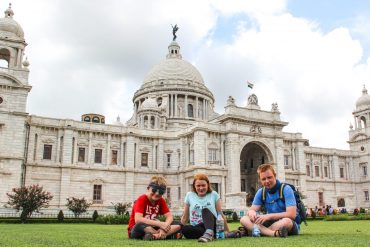
Comments are closed.